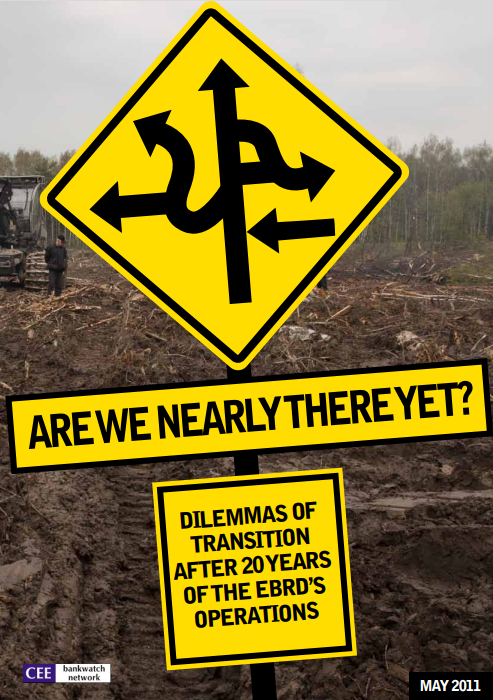
Coinciding with the EBRD’s 20th anniversary, Bankwatch published two reports – ‘Stuck in the Market’ and ‘Are We Nearly There Yet?’ – prompting the bank to revise its transition methodology to include qualities such as green economy, good governance, and inclusion.
In February, the European Parliament adopted a resolution calling for the EIB to develop a strategy for phasing out the financing of projects detrimental to the EU’s climate objectives outside the EU, including certain fossil-fuel projects.
In March, the EU adopted a roadmap for moving to a competitive low-carbon economy, outlining a strategy to reduce greenhouse-gas emissions by 80 to 95 per cent below 1990 levels by 2050.
Throughout the year, we raised concerns about the environmental and social impacts of the significant mining boom in Mongolia, driven by increased foreign investment in large-scale mineral extraction projects.
In April, Russian environmentalist Dmitry Lisitsyn was awarded the Goldman Environmental Prize for his grassroots efforts to protect Sakhalin Island’s fragile ecosystems from the impacts of large-scale oil and gas development.
And finally, in May, the European Commission adopted the EU Biodiversity Strategy to 2020, aiming to halt biodiversity loss and ecosystem degradation across the EU.
